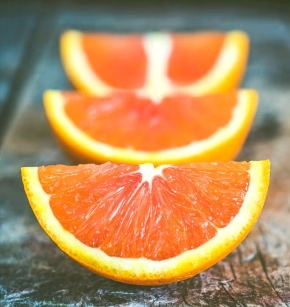When the weather is hot, you’ll notice that the fruits you buy ripen more quickly. However, there’s another surprising fact: if you accidentally place apples and bananas together, the bananas will actually turn yellow faster.
Experienced people have probably already seen through this subtle trick. Just like putting apples and bananas together, there’s actually a “ripening” secret between fruits.
What are climacteric fruits?
Why do some fruits gradually ripen and change color after being picked, and their flavor changes from when they were still green, while some fruits don’t ripen after being brought home?
Climacteric fruits are fruits that continue to ripen after being picked. Fruits can be divided into climacteric and non-climacteric fruits. Climacteric fruits continue to ripen and change flavor after being picked, which is called after-ripening.
During the after-ripening process, climacteric fruits release the plant hormone “ethylene.” This gas affects the ripening process, accelerating the fruit’s color change and ripening speed. Bananas, apples, papayas, mangoes, and other climacteric fruits are examples of climacteric fruits.
Can placing apples and bananas together accelerate ripening and ripening?
To make unripe bananas turn yellow faster, placing apples next to each other is taking advantage of the ethylene released during ripening.
As apples ripen, they continuously produce ethylene, which increases the respiration of the green bananas. The bananas, affected by the ethylene, ripen faster. The bananas themselves also begin to release ethylene, increasing the amount of ethylene in the surrounding area, causing them to turn yellow and ripen faster. This is the amazing power of nature in fruit.
Is artificial ripening safe to eat?
Using ethylene can help ripen fruit. To ensure consistent color development when harvested and marketed, some farmers use gases that produce ethylene or similar compounds to ripen bananas.
For example, using an ethylene generator and alcohol to produce ethylene gas, or using calcium carbide to stimulate ethylene release in bananas, these methods do not affect their safety.
You can also preserve and ripen fruit by doing this:
Now that you’re familiar with the plant hormone ethylene, if you want to speed up the ripening process when you store your fruit at home, in addition to using fruits like apples, bananas, and papayas that release ethylene during the ripening process, you can also effectively combine the fruits you want to ripen quickly with apples and place them in a sealed paper bag or cardboard box.
Because the paper bag is a sealed environment, the ethylene released by the apples fills the bag with ethylene, which can help other fruits ripen faster.
Of course, if you’re not in a hurry to eat the ripened fruit right away, remember to be aware of which fruits don’t fit together and keep apples and other fruits separate from the rest of the fruit. This will prevent the other fruits from ripening too quickly, which could be a problem.


Leave a Reply